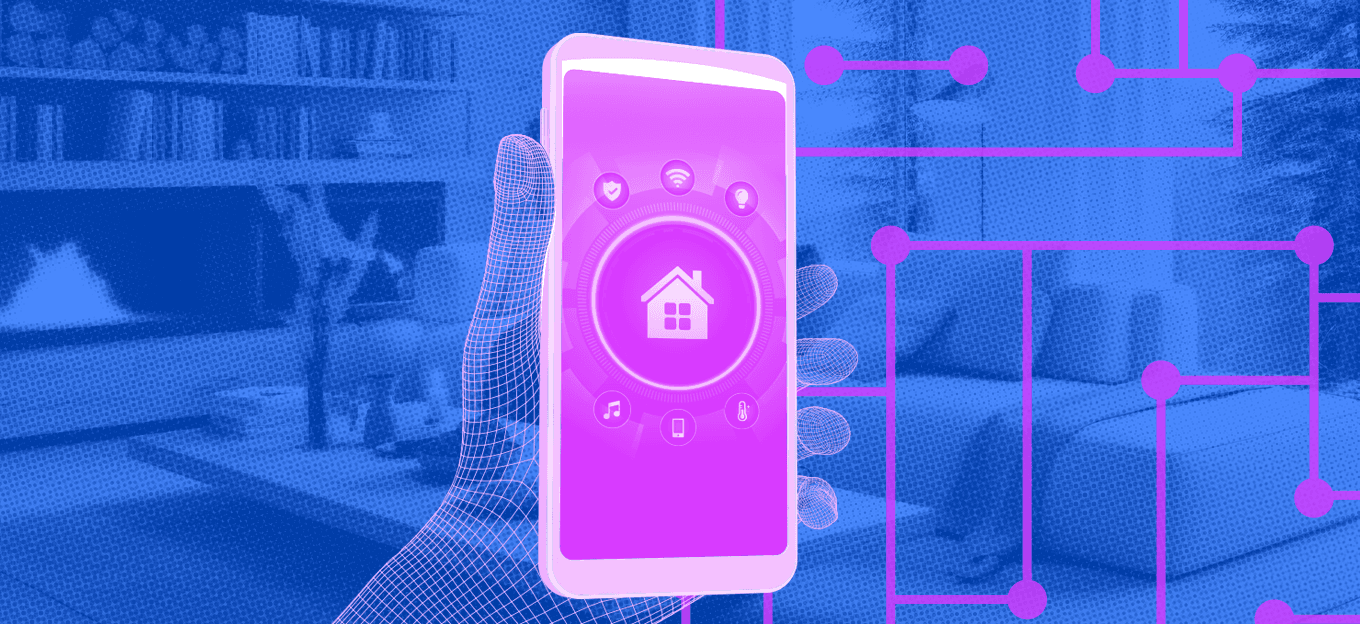How to Get Started with IoT Home Automation
How to Get Started with IoT Home Automation
- Last Updated: April 9, 2025
LANARS
- Last Updated: April 9, 2025



Integrating the Internet of Things (IoT) into home automation is revolutionizing how we interact with our living spaces. Imagine a home that not only responds to your commands but anticipates your needs, automating daily tasks and enhancing security through a seamless network of intelligent devices. From lighting that adjusts to your preferences to security systems providing real-time alerts, IoT technology is reshaping home management, making it more convenient, energy-efficient, and secure than ever before.
Understanding IoT Home Automation
IoT home automation refers to the interconnectivity of smart devices that enable remote control, automation, and data-driven customization of household functions. By linking appliances, lighting, security systems, and climate controls to the internet, homeowners can easily optimize their living environment while these smart systems communicate via wireless networks, ensuring a cohesive and personalized experience tailored to individual preferences and habits.
Key Benefits of IoT Home Automation
1. Enhanced Convenience and Efficiency
One of the most compelling advantages of IoT-powered homes is their unparalleled convenience. Routine tasks such as adjusting the thermostat, turning off lights, or locking doors can be automated or controlled remotely via smartphone applications. This level of accessibility not only saves time but also improves overall home comfort by ensuring that essential functions operate seamlessly in the background.
2. Optimized Energy Consumption and Cost Savings
Smart devices play a crucial role in energy conservation by adapting to user behavior and real-time conditions. For instance, smart thermostats learn individual temperature preferences and adjust heating or cooling accordingly, while automated lighting systems deactivate when no movement is detected. These intelligent optimizations contribute to lower electricity bills and a reduced environmental footprint, making IoT home automation a sustainable choice.
3. Advanced Security and Safety Features
IoT-driven security systems provide homeowners with peace of mind through real-time surveillance, motion detection, and instant notifications. Smart door locks and video doorbells enable remote access control, allowing users to monitor and manage their home's security from anywhere. Additionally, integration with emergency response services ensures that potential threats are addressed swiftly and effectively.
4. Personalized Living Experience
IoT home automation adapts to individual preferences, creating a highly personalized living space. Smart lighting systems can modify brightness and color temperature based on time of day or mood, while voice-activated assistants facilitate seamless control over appliances, entertainment, and daily routines. This level of customization enhances user experience and elevates home comfort.
Essential Components of an IoT-Enabled Smart Home
Creating a fully integrated IoT home automation system requires strategically selecting smart devices that work in harmony. Key components include:
- Smart Hubs and Controllers – Centralized control units that connect and manage multiple devices (e.g., Amazon Echo, Google Nest Hub).
- Smart Lighting – Intelligent lighting systems that adjust automatically for energy efficiency and ambiance.
- Smart Thermostats – Devices like Nest or Ecobee that learn usage patterns and optimize temperature settings.
- Smart Security Systems – Cameras, motion sensors, and smart locks that enhance home safety.
- Smart Appliances – Automated refrigerators, washing machines, and other household devices designed for efficiency and convenience.
Implementing an IoT Home Automation System
Step 1: Choose the Right Ecosystem
Selecting a unified smart home ecosystem like Amazon Alexa, Google Assistant, or Apple HomeKit ensures seamless device compatibility and integration.
Step 2: Establish a Reliable Network Infrastructure
A strong and secure Wi-Fi network is the foundation of an effective IoT system. Investing in a high-quality router and mesh networking solutions ensures efficient communication between devices.
Step 3: Automate and Optimize Functions
Once devices are installed, creating automation routines enhances efficiency. For example, adjusting thermostats based on occupancy patterns or programming lighting schedules can improve energy management and convenience.
Step 4: Prioritize Security Measures
Cybersecurity is a crucial consideration, given that IoT devices are connected to the internet. Implementing strong passwords, enabling two-factor authentication, and regularly updating device firmware are essential to protect against cyber threats.
The Future of IoT Home Automation
As technology continues to evolve, IoT home automation will become even more sophisticated. AI-powered systems will enable predictive decision-making, optimizing home management with minimal human intervention. Innovations in energy efficiency and sustainability will further reduce environmental impact, while augmented reality (AR) and virtual reality (VR) integration may redefine how homeowners interact with their smart environments.
Conclusion
IoT home automation is not just a passing trend but a fundamental shift in how we manage our living spaces. By embracing smart technology, homeowners can achieve greater convenience, enhanced security, and significant energy savings. The future of home automation is already here, offering unprecedented opportunities to create a more intelligent, connected, and efficient home. Now is the time to unlock the full potential of IoT and transform modern living.
The Most Comprehensive IoT Newsletter for Enterprises
Showcasing the highest-quality content, resources, news, and insights from the world of the Internet of Things. Subscribe to remain informed and up-to-date.
New Podcast Episode

What is Software-Defined Connectivity?
Related Articles

